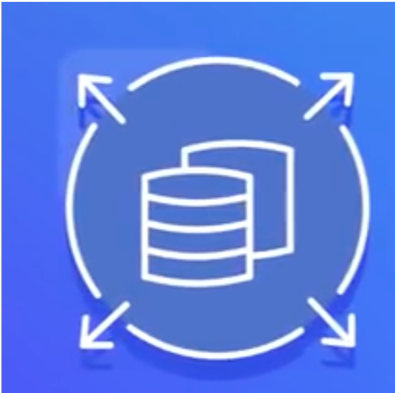
What is an Elastic Block Store or EBS in AWS Cloud
This Blog is an excerpt from our E-Learning Course on AWS Cloud.
You may explore our E-Learning Page to have an insight into our High Rated Courses on Udemy and Enrol to the Complete Course.
In this post we shall talk about the different kinds of AWS Storages.
So for a database to run you need to have some kind of storage, So Amazon Web Services or AWS provides us mainly two different kinds of storage.
One is the Amazon EBS which is called the elastic block store and other is Amazon S3 which will actually take a look in the following post.
So what exactly is EBS stands for: EBS is the Elastic Block Store.
It's a persistent block storage volume which can be used with Amazon EC2 instance.
So what I want to say by this point is that you can actually attach your EBS block volume to your Amazon EC2 instance and the data that is actually stored on the Amazon EBS volume and can persist independently of the life of that instance which means that even if you let's say reboot your instance or you shut down your instance the data that is actually there on the EBS volume persists.
it's actually automatically replicated within its availability zone, That's a very important point and this is something that happens automatically It's not that we do anything or as a part of configuration and remember it's only replicated within its availability zone not outside of the availability zone.
Amazon actually gives us two kinds of EBS volumes: One is that we can use it from an SSD which is a solid state disk and other is the HDD which is a hard disk drive.
Now when would you use an SSD based EBS volume so an SSD based storage would be used for the transactional workloads right where you're looking for high IOPS and a HDD based storage would actually be used where you need high throughput when you're looking at a high throughput and say megabytes per second.
It is actually designed for high availability when they've actually designed this EBS volume they've kept in mind 99.999% so it's like a three nines of availability and yes we do have the encryption support.
So when we create the EBS volume you are actually given an option whether you want to create using the encryption enabled or disabled and this encryption that is available it's at both levels which is Data at Rest like which is actually when you're not doing any kind of transactions or when the data is not in the transit and also when the data is actually in Transit.
So remember we have encryption at two levels Data at Rest and Data in Transit.
And you are allowed to take the snapshots of the EBS and the thing to note is that the snapshots that are actually done for the EBS volume are actually backed to the Amazon S3 which is another type of storage which is actually kind of an object store and we will actually take a look in the following post.
So this is a block store and S3 is a is an object store.
And most importantly whenever you are looking for your volumes you should always look at the use cases.
What kind of use cases would be suited for an Amazon EBS Volume:
You will be actually using an Amazon EBS volume for relational databases like Oracle, SQL Server, MySQL, PostgreSQL or it could be our enterprise applications like Oracle E-Business Suite, SAP, Microsoft Exchange and even you could use for NoSQL databases like MongoDB so.
So generally I think you can get the idea that the EBS volume or elastic block store will actually be used mainly for the databases.
As I as I told you previously you do get the option of SSD and HDD which is either you want to go for more IOPS or you want to go for more throughput.
So that sums up what exactly is an Amazon EBS in the next post, We shall actually take a look how you can practically create an EBS one.
Happy Learning !!!
DB Alchemist Academy


Share you comments
{{ errorMessage }}